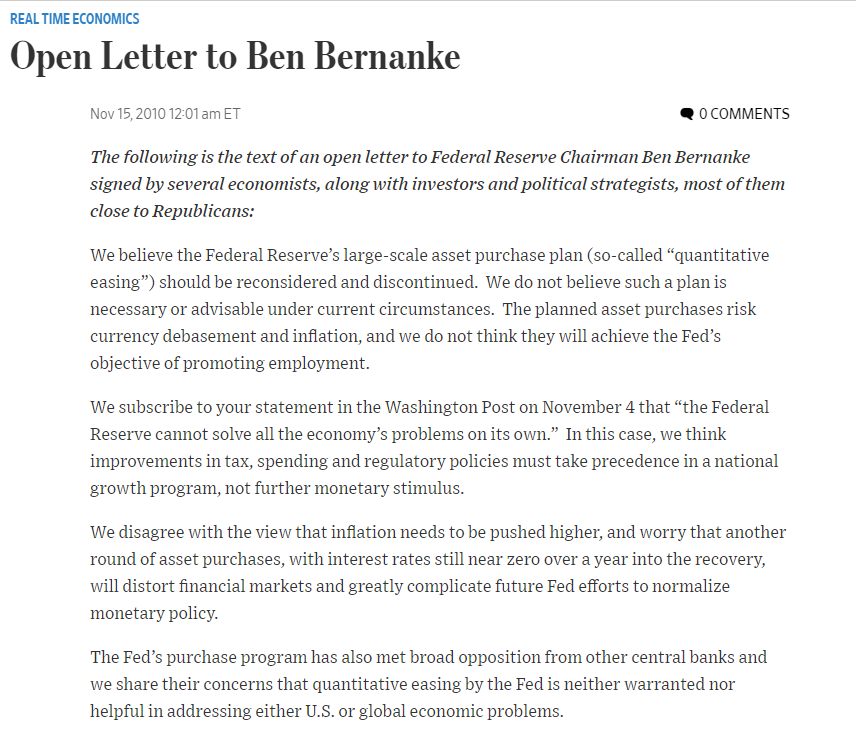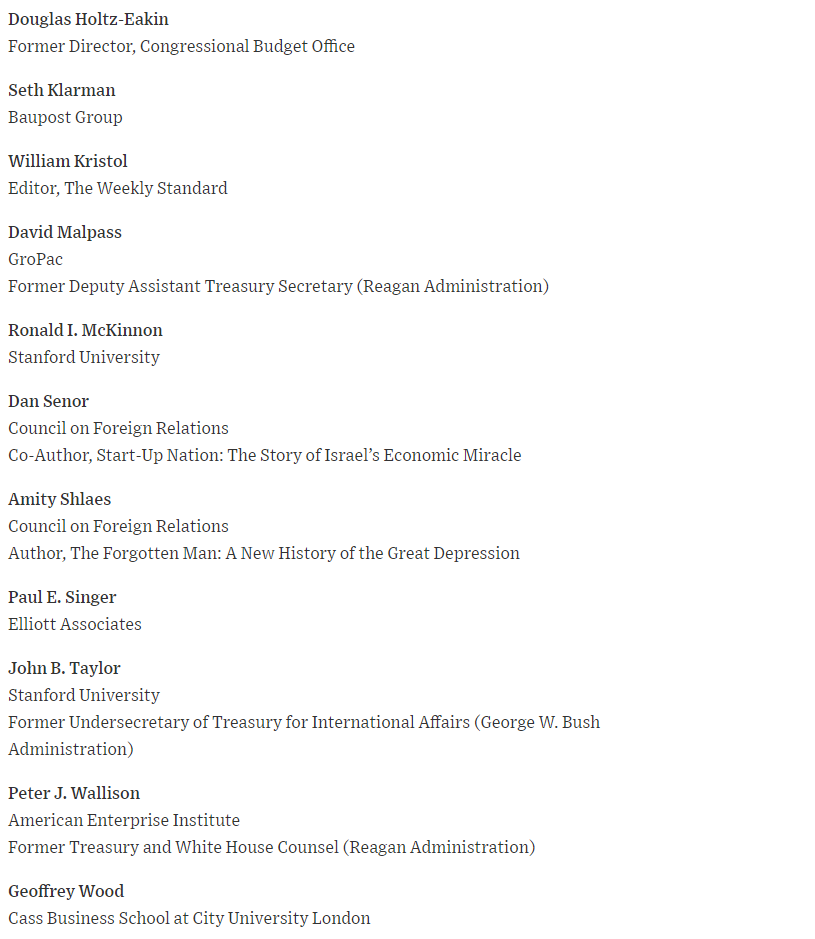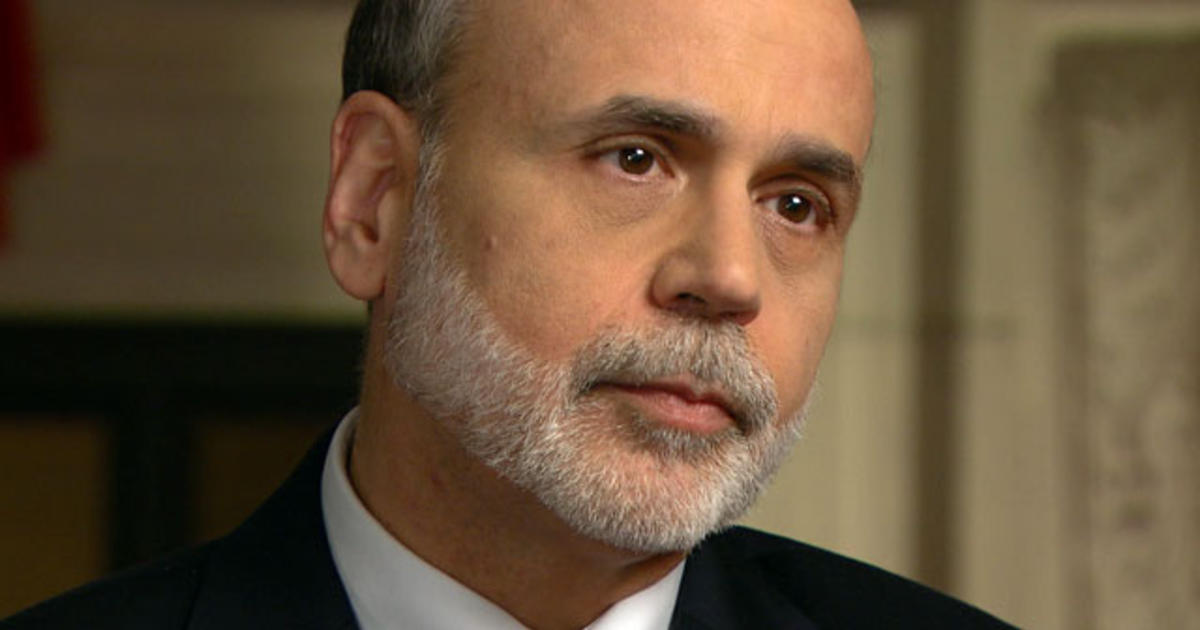The bull market for stocks turns nine years old on Friday: while the S&P hit its famous “generational” intraday low of 666.79 on March 6, it was not only three days later, March 9, 2009 that the S&P actually closed at the post-crisis low price of 676.53. The gains since – uninterrupted by a drop of 20% or more – rank this bull market stretch as the second longest ever and about 6 months behind the bull run from October 1990 to March 2000 during the tech boom.
So “as a bit of fun” Deutsche Bank’s Jim Reid decided to take a look at the “winner and losers” over this period, and has updated his usual performance review charts for the 9 year period since that historic moment.
As shown below, the S&P 500 has actually outperformed all other assets in the bank’s sample, delivering a total return of a whopping 389%. The Russian MICEX (+369%), Hang Seng (+271%), Nikkei (+256%), DAX (+235%) and Stoxx 600 (+226%) follow with similarly impressive returns. Only one equity markets is in negative territory over that time and, not surprisingly, it’s the Greek Athex (-34%).

It’s paid to be in credit markets too with returns anywhere from +57% (EU Fin Sen) to +209% (EU HY). Sovereign bond markets have lagged although returns are unsurprisingly still positive. EM Bonds (+77%) and BTPs (+61%) stand out the most while Treasuries (+23%) have underperformed.
Commodity markets on the other hand are a lot more mixed. Copper (+88%) prices are up, along with Gold (+43%) however Brent (-43%) is the biggest underperformer in the sample of assets.
All in all 35 out of the 39 assets in Deutsche Bank’s sample (which sadly excludes cryptos) have delivered a positive total return in local currency terms with the average return a fairly staggering 111%.

Looking at the same dataset, BofA CIO Michael Hartnett notes that this has all been due to one thing: QE, which has delivered “big global annualized returns since QE start Mar’09…stocks up 16%, HY bonds 13%, IG 7%, govt bonds 3%, cash 0%; global stock market cap up epic $60tn to $90tn.“
Hartnett also looks at the next milestone, although here he is a little more skeptical: with just 116 trading days until the S&P500 hits the longest bull market all-time, he is worried that bullish QE is peaking. After all, Fed/ECB/BoJ have bought $11tn of financial assets since Lehman, and yet in ‘18 Fed sells $400bn, ECB tapers Sept, by year-end Fed/ECB/BoJ asset purchases turn -ve YoY. When will stocks notice?
Other, such as Reuters, are more sanguine, and in a note this morning the newswire notes that “the bull market for stocks turns nine years old on Friday and, despite being long in the tooth, appears poised to set the record as the longest in history, buoyed by global economic growth and stronger company earnings.“

“Bull markets just don’t die of old age, they die of recessions and economic slowdowns,” said Art Hogan, chief market strategist at B. Riley FBR in New York.
“The earnings growth picture for this year continues to get better on a weekly basis,” added Hogan.
Still, not everyone is convinced: The strong earnings growth could turn into a headwind, however, as results this year will be tough to top in 2019. “When you look to 2019, it’ll be very hard to repeat those numbers,” said Jonathan Mackay, investment strategist at Schroders Investment Management in New York.
“Next year will probably not be as good. Then you’re probably getting into the last stages of the cycle.”
Concerns about an overheating economy could further derail the bull market: “If your economy can’t handle that growth that quickly, then we run into shortages and then we have a business cycle on our hands,” said Jack Ablin of Cresset Wealth in Chicago.
But the biggest concern, at this point, is the shift from “QE to protectionism” according to BofA: the possibility of a global trade war in light of recent tariffs announced by the Trump administration are also cause for concern. “Obviously anything trade talk, political event risk, certainly could create problems but right now there is certainly a valid concern out there that ripping up NAFTA would create a whole litany of uncertainties,” said Ablin.
According to Hartnett adds, “as QE ends, protectionism begins; War on Inequality to be fought via Protectionism, Keynesianism, Redistribution; monetary & fiscal policy now spent leaving markets to discount Protectionism & global tariffs.”
In other words, the fate of the bull market, and whether it becomes the longest in history, is now squarely in the hands of one man: Donald Trump. And, incidentally, should stocks crash, it will also be on Trump: he now “owns” the market, and anything that happens in the next few years.

via RSS http://ift.tt/2IhZnNO Tyler Durden
 The foul ups by the Broward County Sheriff’s Office don’t inspire confidence.
The foul ups by the Broward County Sheriff’s Office don’t inspire confidence.
















 Sloppy understanding leads to sloppy policies.
Sloppy understanding leads to sloppy policies.





 Korean leader Kim Jong-un
Korean leader Kim Jong-un